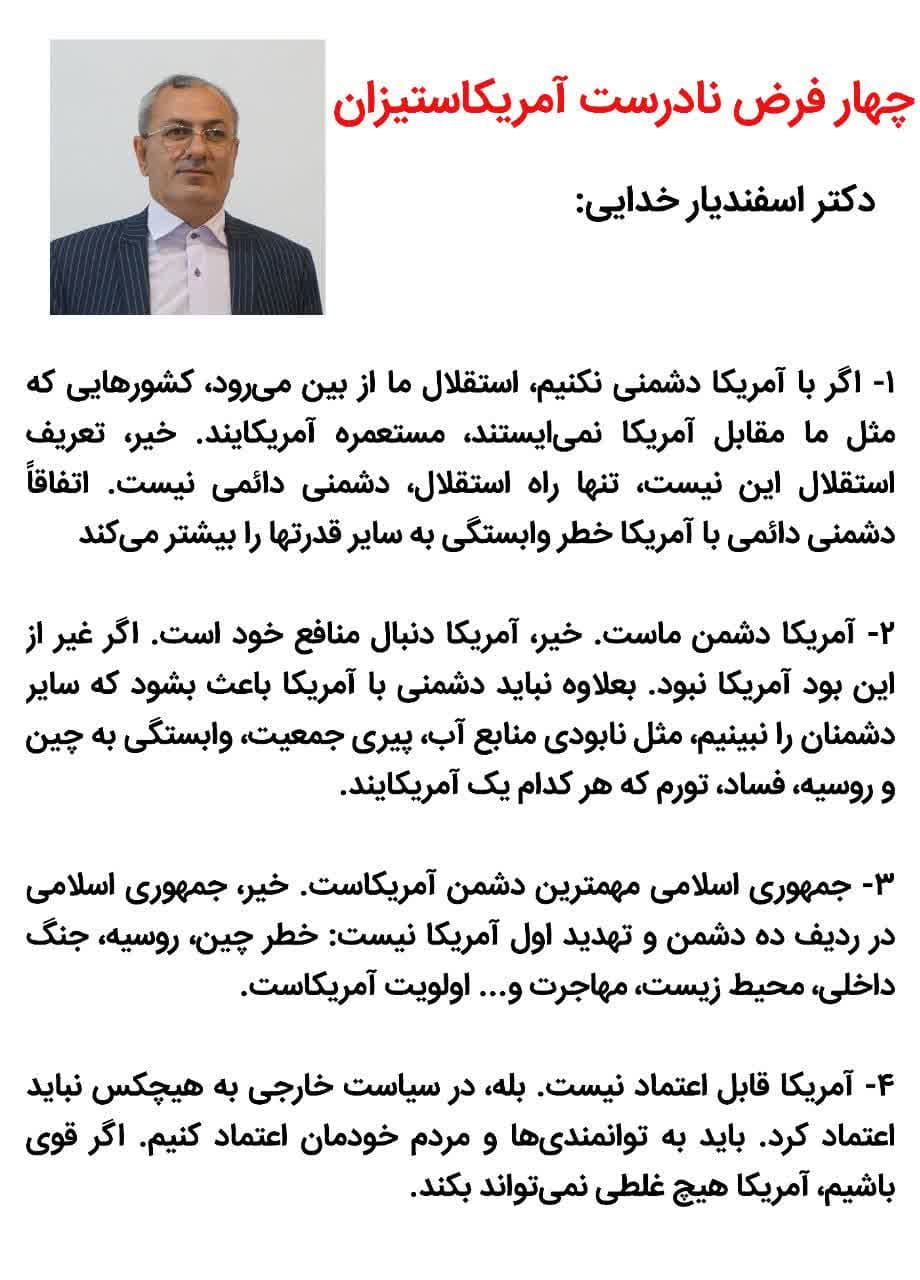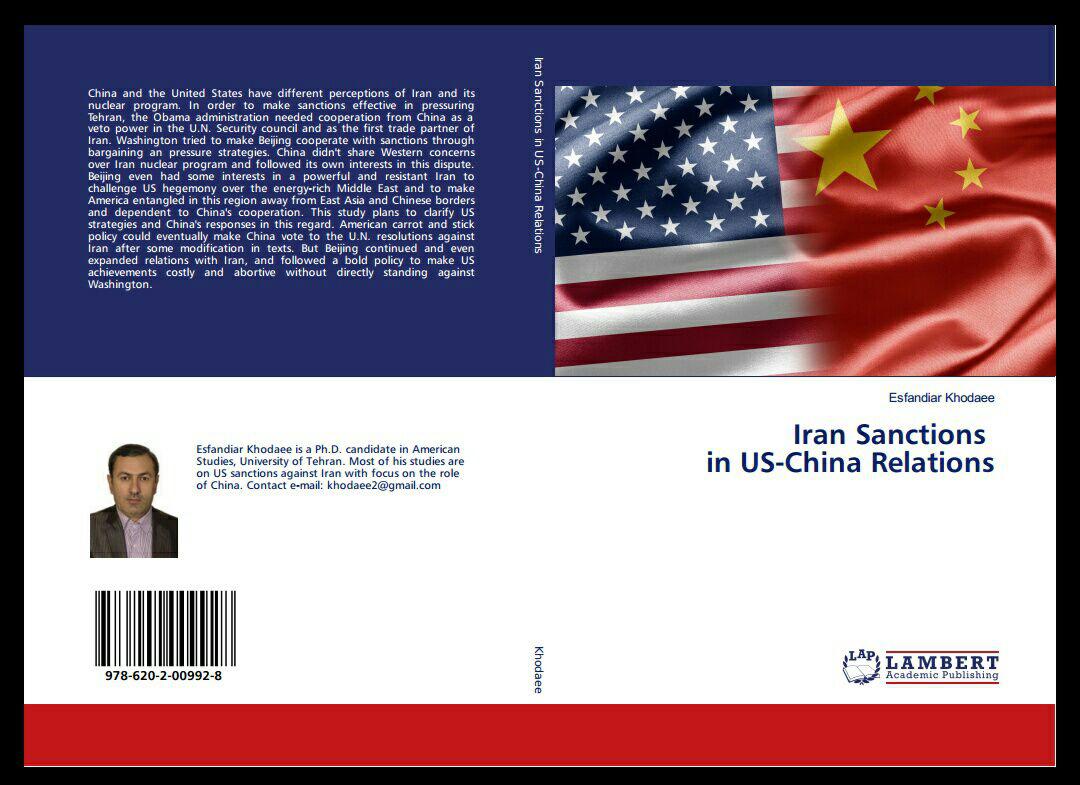لینک مقاله در مجله Modern Diplomacy:
By: Esfandiar Khodaee
The 2015 Iran nuclear negotiations ultimately resulted in the fragile Joint Comprehensive Plan of Action (JCPOA). While the deal initially raised hopes for sanctions relief, normalized relations between Iran and the West, and resolving the nuclear disputes, it proved short-lived and failed to meet objectives. Structural weaknesses, persistent distrust, and opposition from key stakeholders undermined the agreement. President Trump’s withdrawal from the JCPOA in 2018 reignited tensions between Tehran and Washington, pushing the Middle East to the brink of successive crises.
Today, however, six key factors differentiate the current round of negotiations from the 2015 process and increase the likelihood of a more successful and durable agreement. The shift from a multilateral to a bilateral framework, Trump’s personal motivation to cement a diplomatic legacy, the evolving regional power balance following the October 7 attacks and subsequent conflicts in the region, as well as changing positions among key players—including Israel, the U.S. Congress, and the Arab states of the Persian Gulf—all create a more favorable environment for a deal. Given these dynamics, the current negotiations have a higher probability of success and may yield an agreement that is both more effective and more sustainable than the JCPOA.
- U.S.-Iran Bilateral Talks Offer Greater Prospect of Agreement Than the P5+1 Format
Unlike the 2015 JCPOA, which involved six world powers alongside Iran, the 2025 negotiations between Trump and Tehran are fundamentally bilateral, with Oman serving only as a mediator. As a neutral party with no direct geopolitical rivalry with either the U.S. or Iran, Oman’s role enhances the likelihood of productive discussions.
The 2015 JCPOA suffered from a fundamental structural flaw: its asymmetrical design. Iran offered substantial nuclear concessions, and the U.S. responded with sanctions relief. Meanwhile, China, Russia, and the European powers—despite benefiting economically from lifted sanctions—assumed no meaningful obligations and contributed little of substance. In essence, the agreement functioned as a bilateral Iran-U.S. deal, with the rest of the P5+1 adding diplomatic theater rather than strategic value. The current format, shaped during the Trump era and facilitated by Oman, rectifies this imbalance by narrowing the negotiation to the two principal stakeholders. This streamlined, bilateral framework enhances efficiency, focus, and equity, significantly improving the prospects for a durable agreement.
Multilateral negotiations are inherently complex. Divergent national interests among major powers like China, Russia, the U.S., and the European powers often create conflicting priorities, complicating consensus-building. The more actors involved, the more challenging it becomes to align national interests, manage diplomatic sessions, counter obstructionist influences, and maintain confidentiality—challenges that opponents of the deal, such as Israel, have previously exploited to derail progress.
In contrast, a streamlined, direct, and focused bilateral approach minimizes these risks and external interventions. The absence of multiple conflicting agendas makes coordination easier and accelerates the negotiation process. Consequently, Trump’s bilateral talks with Iran are likely to progress more swiftly and with greater clarity than the JCPOA discussions.
- Trump Seeks a Diplomatic Legacy, Not War
Trump is primarily driven by strategic goals as well as personal ambitions rather than ideological disputes. His focus remains on economic issues, trade disputes with China and others, territorial ambitions such as the annexation of Greenland an Canada, immigration concerns, and resolving ongoing crises in Ukraine and Gaza. Iran is not a top priority on his agenda—it is merely one item on a long list of objectives


 اسفندیار خدایی
اسفندیار خدایی